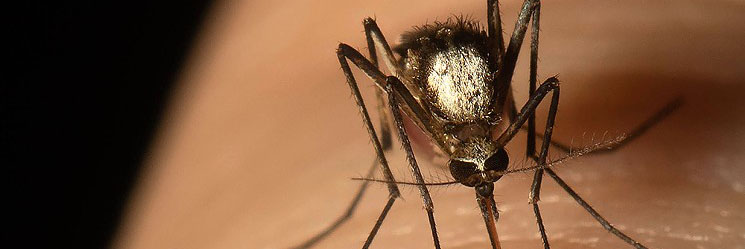Monitoring Mosquito Threats Around the Country
Mosquito control is a key function of protecting the public from the transmission of mosquito-borne diseases like West Nile virus, Zika, and others. That’s why our technical team at Central Life Sciences is always monitoring the current mosquito-borne disease threats across the United States.
Recently, a new mosquito species capable of transmitting disease, Aedes scapularis, has arrived in Florida and shows signs it could survive across multiple urban and rural habitats posing a potential public health risk. This new, nonnative mosquito can transmit yellow fever virus, Venezuelan equine encephalitis virus, dog heartworm and other pathogens to humans and animals.
The confirmation of the Aedes scapularis in South Florida is yet another reminder that this region is a gateway for invasive species. Mosquito control professionals and public health officials plan to monitor how far the Aedes scapularis could spread in the United States.
“The Florida Strait was likely a geographic barrier for the species, and now that is has crossed that barrier, Aedes scapularis could potentially spread further northward and westward to fill any contiguous areas that are environmentally suitable,” said Lawrence Reeves, an entomologist at the University of Florida.
There are other characteristics about Aedes scapularis that are worrisome to mosquito control districts and public health officials. It’s a mosquito that likes going indoors and it feeds on both birds and people, further solidifying that vigilance is needed by both mosquito control professionals and homeowners to stop the further spread of this mosquito.
Procuring the right lineup of products is essential in stopping the Aedes scapularis and other mosquito species, and protecting communities. At Central Life Sciences, insect growth regulators have always played a key role in our highly successful and proven line of mosquito management products. Mosquito abatement districts can turn to mosquito control products from Central Life Sciences each season to control mosquito larvae populations before they become breeding, biting adults.







